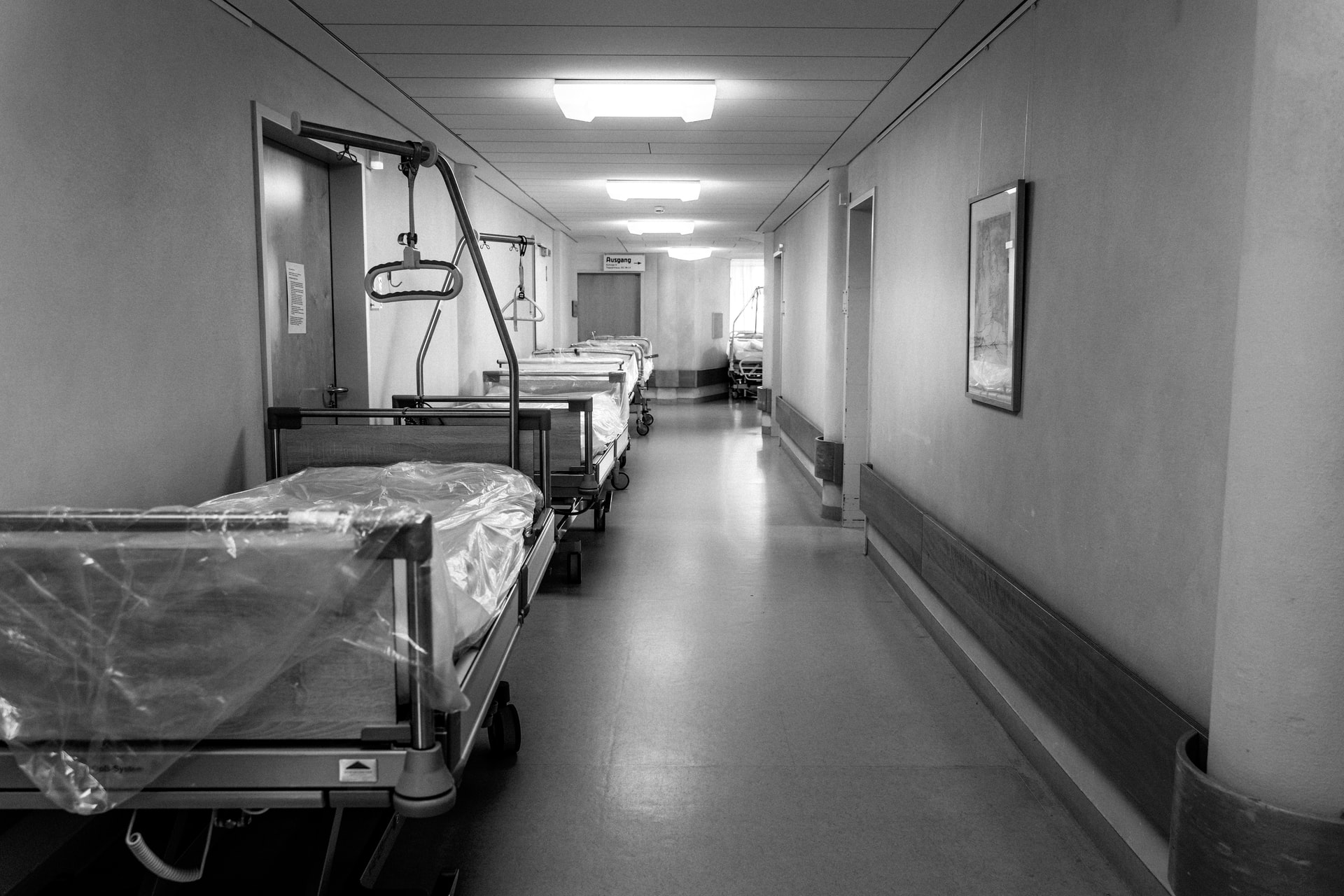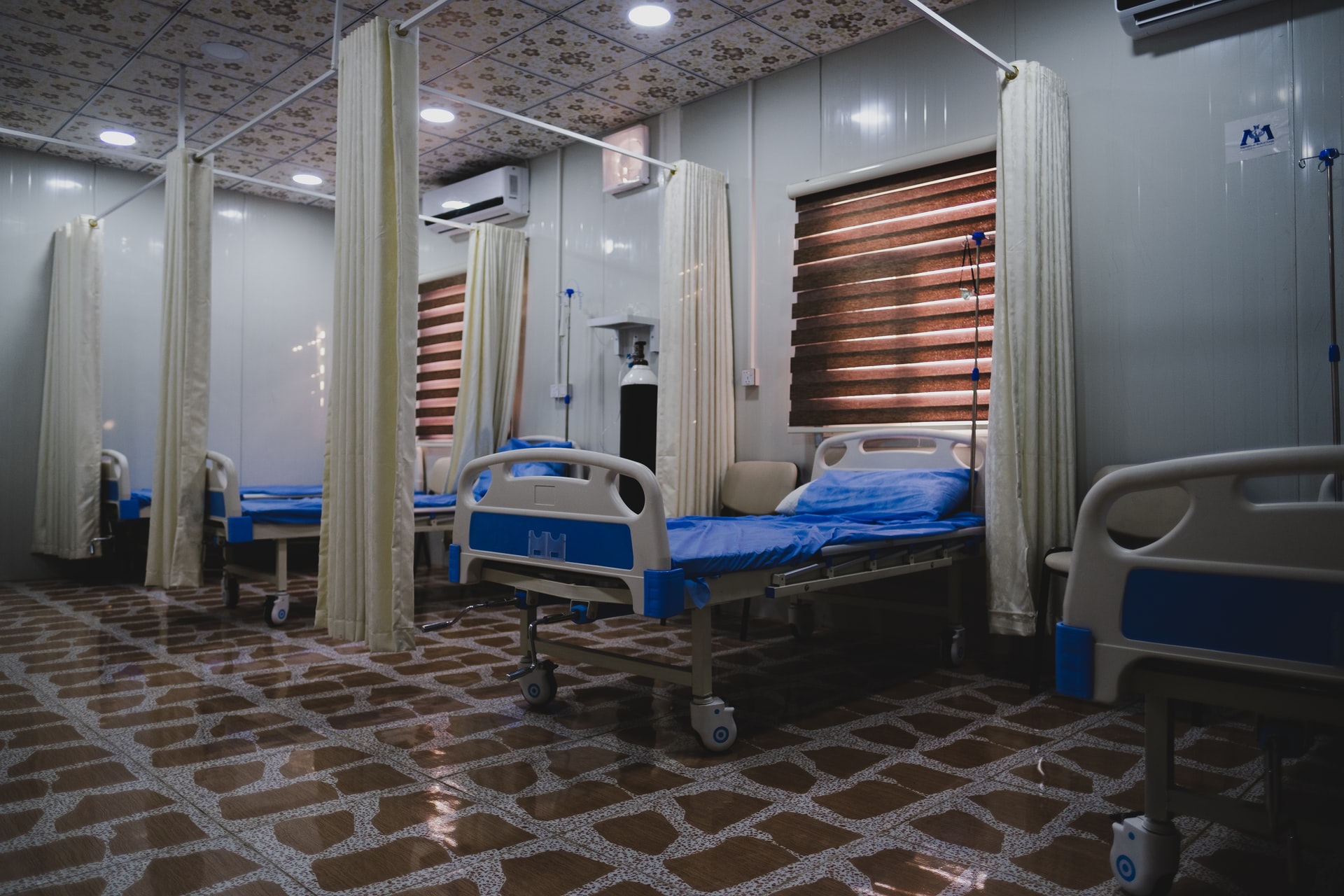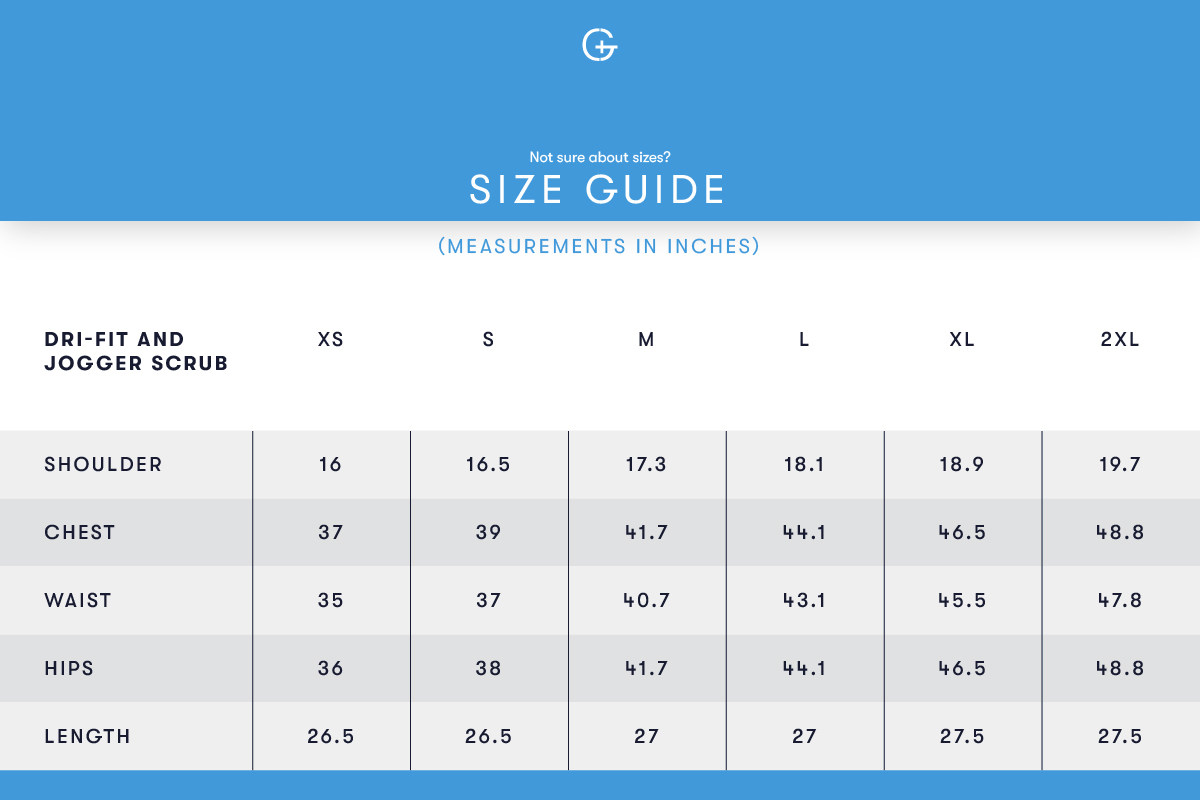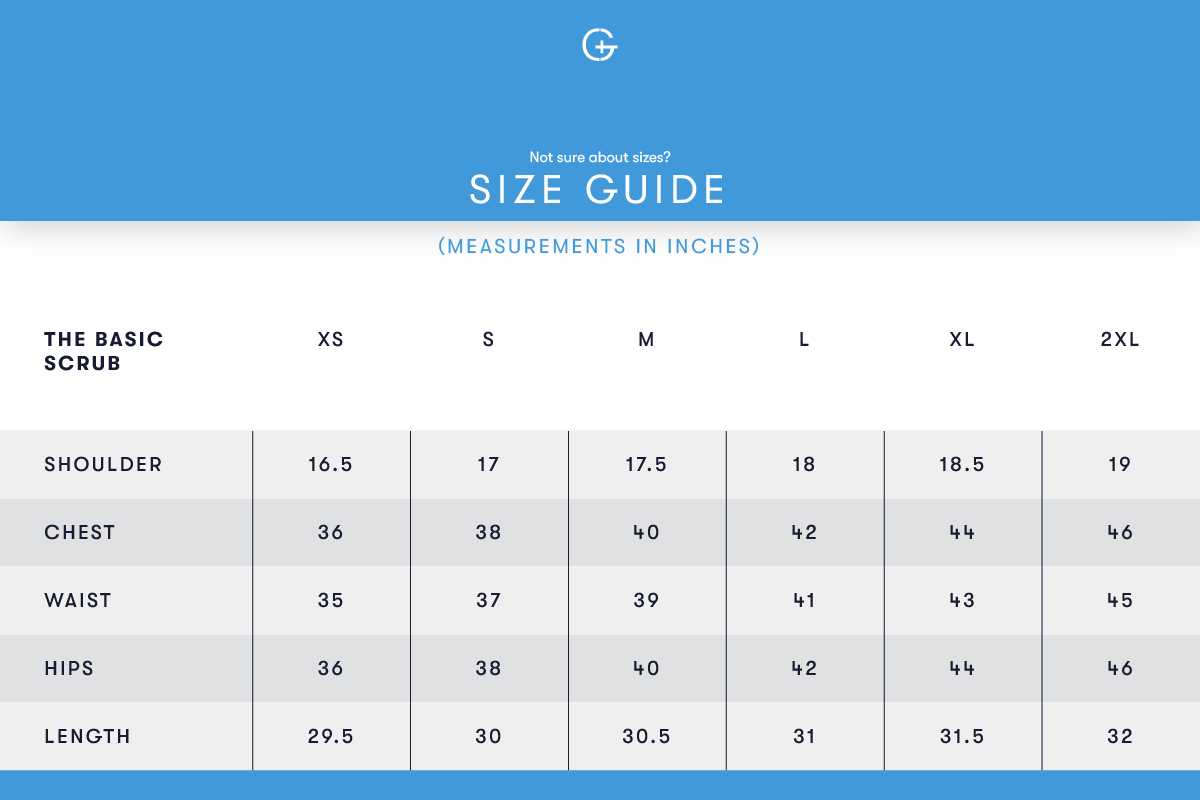
Who doesn’t want home remedies for weight loss? After a lot of mechanisms to lose weight including pills, treatments, vigorous diet plans, and gym workouts, you figure out that all you need are a few steps of home based weight loss.
After analyzing trends and tracking home based weight loss data, we could find a set of satisfying steps that can help you lose your weight in home.
1. Choose a good diet

Everybody has different situations and bodily functions. You have to figure out the best kind of diet that suits you. You also need to think about your conditions such as certain surgeries, time around pregnancy, and so on.
Accordingly, talk with a physician or dietitian to get a prescribed diet for you that aims weight loss.
2. Reduce calorie intake, don’t avoid all types of fat

Calorie intake shall be reduced. But do not avoid just about anything that has fats. In fact, good fats help you get slimmer! We don’t need to go into the details, but fat from avocados, almonds, walnuts, and olive oil etc. are really beneficial for your health and weight control as long as you take them in moderate quantities.
Avoid taking in calories when you don’t need them. Suppose you haven’t done any physical or laborious work lately, there’s no need for foods with high calorie content then. Just go with plain food, to simply “end your hunger”. Keep that in mind. If you don’t need calories – just aim to end your hunger.
3. Prioritize water and fruits

Fruits are a great way to reduce your calorie intake while making up for all the essential nutrients and energy. Also drink plenty of water. Not only fruits and water save you from dehydration, but they also make you feel less hungry.
Popping in one apple might mean the end of your starving. But we ignore such measures. What do we do? We go over to our favorite fast food outlet and eat something thinking it’ll fill us up. That’s very dangerous for weight control.
Also read up onfruit diet based weight loss.
4. Don’t do heavy workouts and pointless diets, satisfying your cravings can be okay at times

Heavy gym workout is for bodybuilding, and the results are pathetically slow. There are also some diets that have no head or tail. Starving yourself is not the answer to weight loss.
Also, feel free to satisfy your cravings for your favorite foods every once a while. This boosts your morale. But if you avoid all the street food that you loved to eat, it might actually worsen the problem. So, have limits but don’t put a complete blockade on tasty food.
5. Home based exercises

Exercises are the best compliments to home based weight loss. Here are some quick ideas that can help you lose weight if you give them enough dedication and time:
- Multiple brisk walking sessions in a day, even for ten minutes each.
- Taking stairs instead of lifts, walking or cycling short distances instead of driving.
- Cycling, running, and sports like mountain climbing and tennis are great ways to lose weight.
- Swimming is an excellent way to lose weight, but asks for more dedication and time.
- Rope jumping is good for faster results.
6. Add color to your diet

Colorful vegetables, fruits, and soups should be an integral part of your daily food intake. They make you feel satiated for less. Therefore, you feel full eating lesser – that directly translates to weight loss.
They also provide your body with the needed nutrients in large quantities.
7. Whole grains are brilliant weight destroyers

Whole grains like wheat, oatmeal, popcorn, etc. are really, really good for anyone aiming for weight loss. They have a lot of fiber content that keeps your digestive system working efficiently.
Whole grains help you stay full. If you can switch over to an oatmeal breakfast all weekdays and make fruits and soups a bigger portion of your daily consumption – you’ll begin to see results within a couple of weeks.
And that’s it
Combine these ideas and make a personalized strategy that works for you. All these ways are 100% natural, home-based, and painless. With a little of dedication, you can pull off magic.
Follow these steps daily to see amazing results.
As you go through these methods combined, you’ll fine-tune these methods and reach your individual system of home-based weight loss that suits you. And with the help of this unique home based weight loss system, you’ll begin to see great results in no time.
Just give it time as your personalized plan is being fine-tuned over time. Once you think it’s ready and you’re starting to feel lighter on your toes, it’s time to document this system and follow it passionately.





























